7 Ways Physical Therapy and Rehabilitation Can Help SMA Patients
Written by |
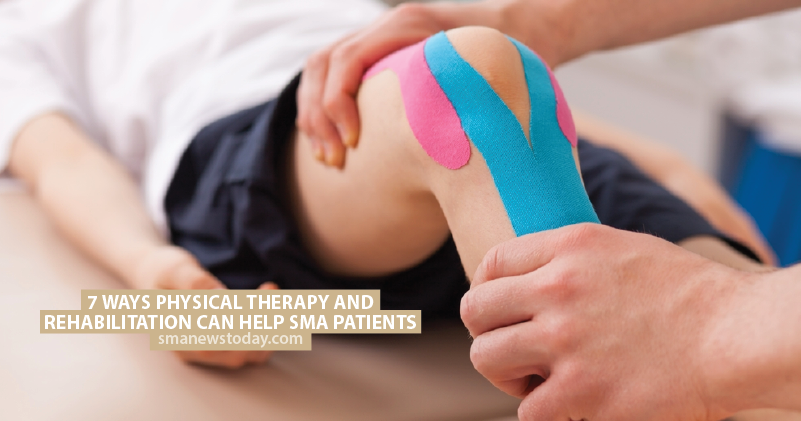
Physical therapy and rehabilitation programs are vital for the ongoing care of spinal muscular atrophy (SMA) patients. Many of the exercises can be done in the home by the caregiver and others will need trained physiotherapists to assess the progression of the disease.
Join the SMA forums and be part of the conversation about Spinraza.
We’ve put together a list of ways physical therapy and rehabilitation can benefit SMA patients with help from the Spinal Muscular Atrophy Clinical Research Centre at Columbia University.
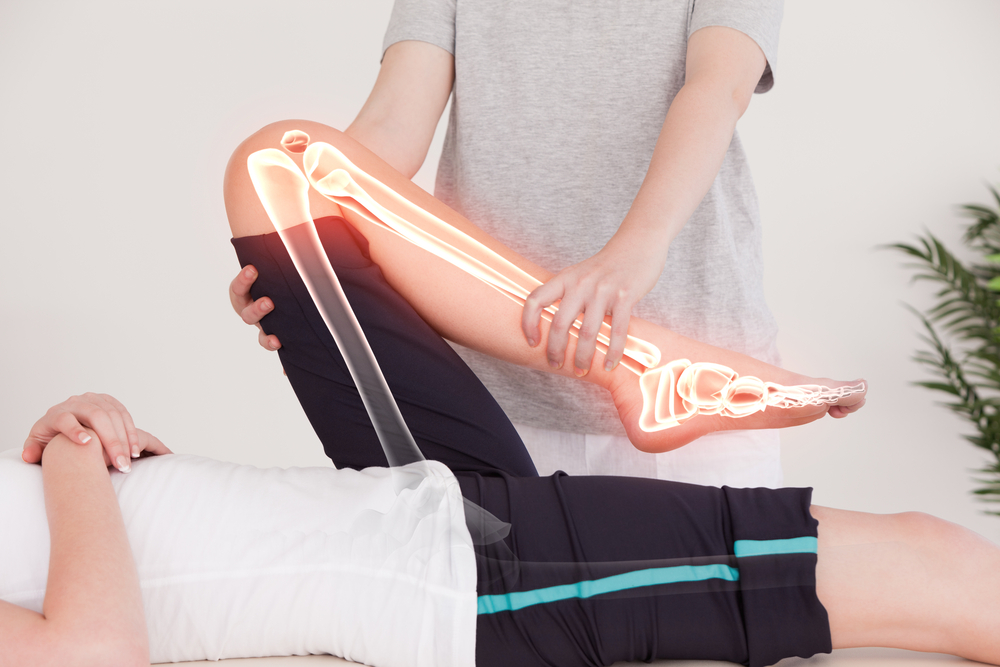
Improves Muscle and Bone Strength
Rehabilitation and physical therapy can help SMA patients improve their bone strength and in some cases, it can help slow down the rate of muscle deterioration. This can be done by weight-bearing, either standing alone or using a harness or other device to help.
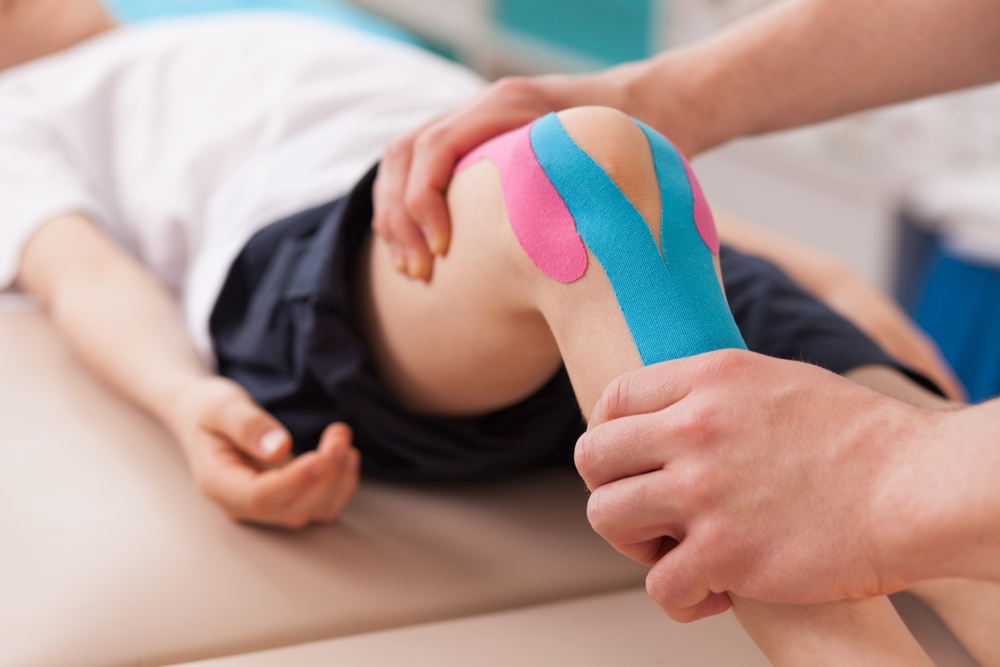
Keeps Joints Moving
SMA patients who are wheelchair bound may suffer from contracture–where the joints become stiff through lack of movement. Motion exercises along with splints or braces may stop this from progressing or reduce symptoms. Keeping the joint moving will also improve the patient’s range of motion.
Read about the four different areas of SMA management.
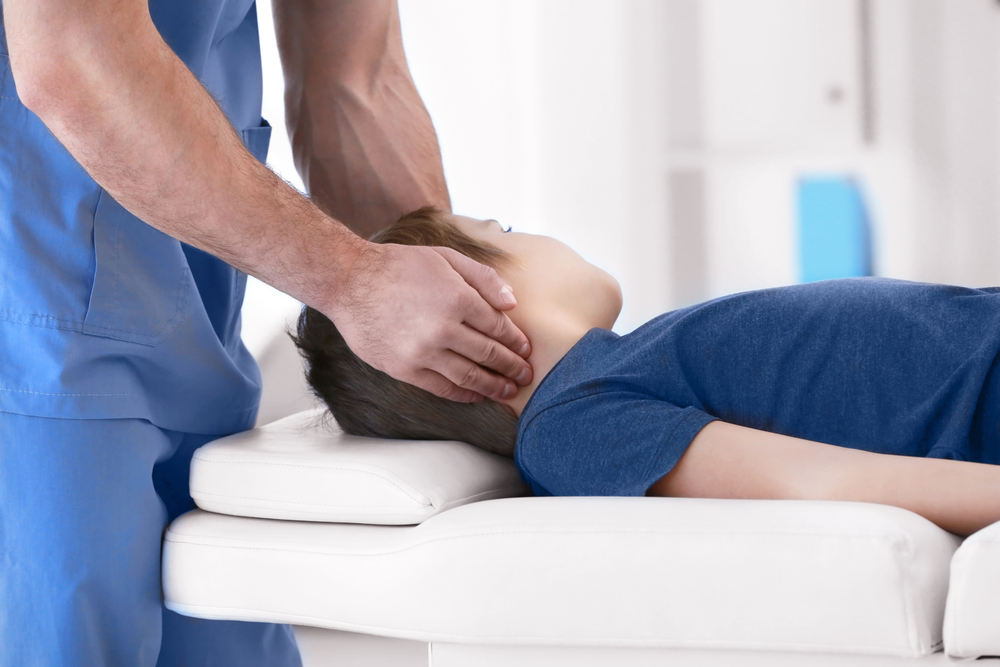
Pain Management
Many SMA patients will suffer from joint or muscle pain and movement exercises can assist with providing relief.
Find out the answers to five frequently asked questions about SMA.
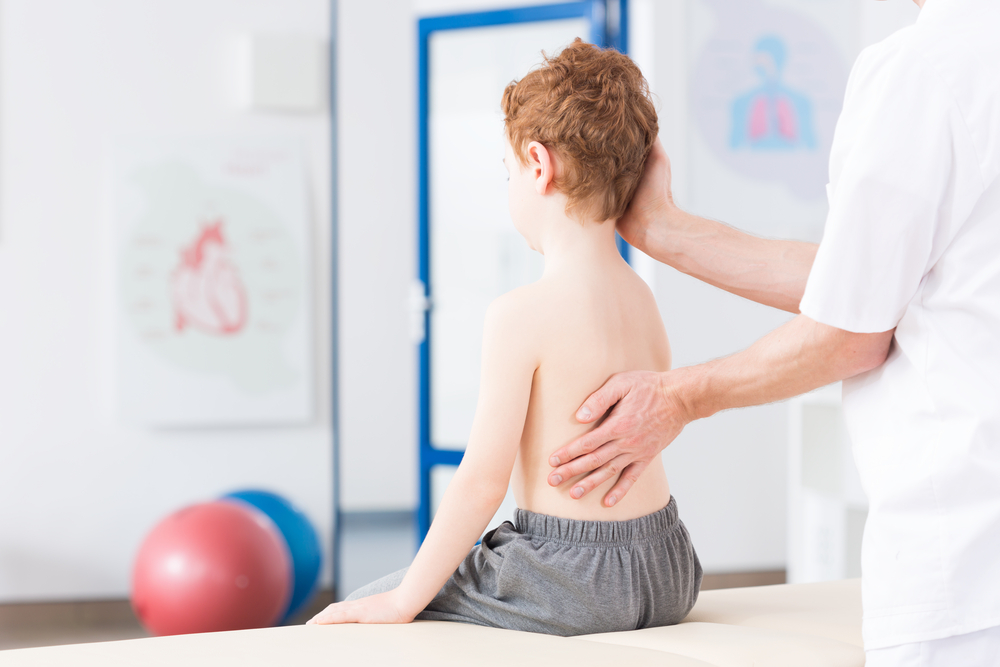
Improves Posture
SMA patients will often develop a curvature of the spine (scoliosis), exercises can be useful to help improve posture and to work alongside any surgery or brace device to correct the problem.
Read more about the genes involved with spinal muscular atrophy here.
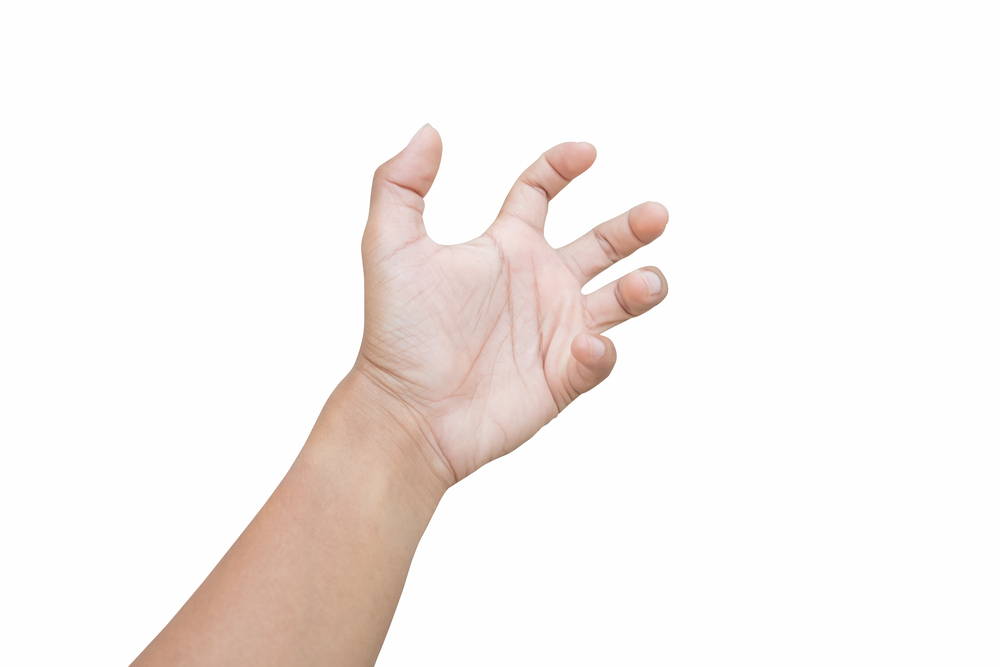
Reduces Spasticity
Stretching and gentle movement may ease the symptoms of spasticity, where the muscles contract and tighten. Water therapy is very good for children who have a very limited range of movement.
Meet Brett, a six-year-old boy with type 1 spinal muscular atrophy.
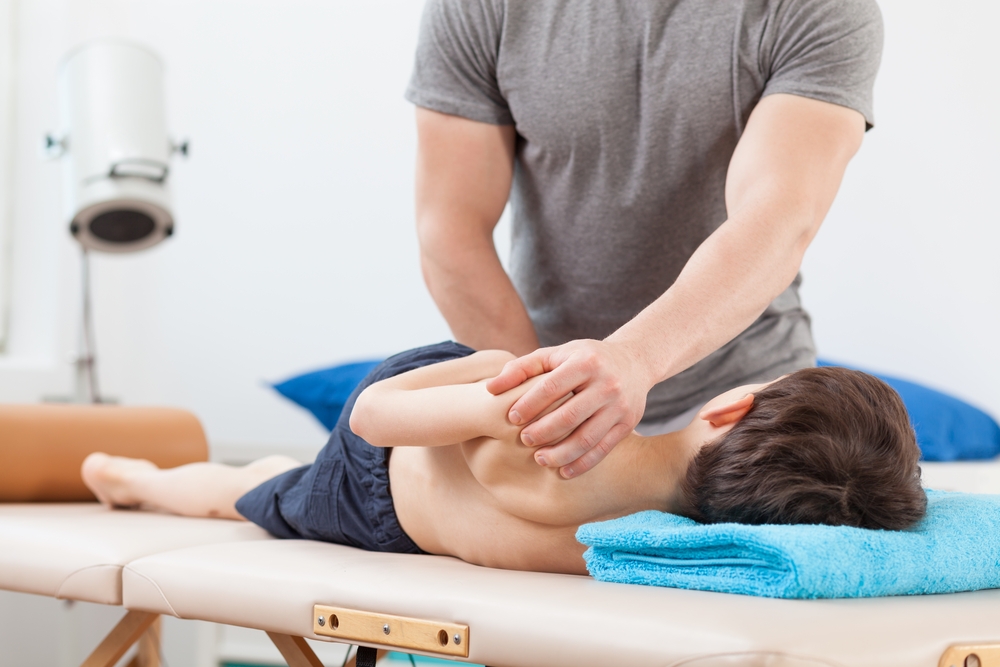
Improves Circulation
Movement of the arms and legs in physical therapy will help to improve circulation ensure that enough oxygen gets to all of the muscles around the body.
Discover how Eric maintains an ordinary life in spite of his spinal muscular atrophy.

Aids Eating
Facial exercises may be useful to help SMA patients who have difficulty with chewing or swallowing. They can also be incorporated into speech therapy.
Understand more about the four types of SMA with our guide.
SMA News Today is strictly a news and information website about the disease. It does not provide medical advice, diagnosis or treatment. This content is not intended to be a substitute for professional medical advice, diagnosis, or treatment. Always seek the advice of your physician or another qualified health provider with any questions you may have regarding a medical condition. Never disregard professional medical advice or delay in seeking it because of something you have read on this website.






